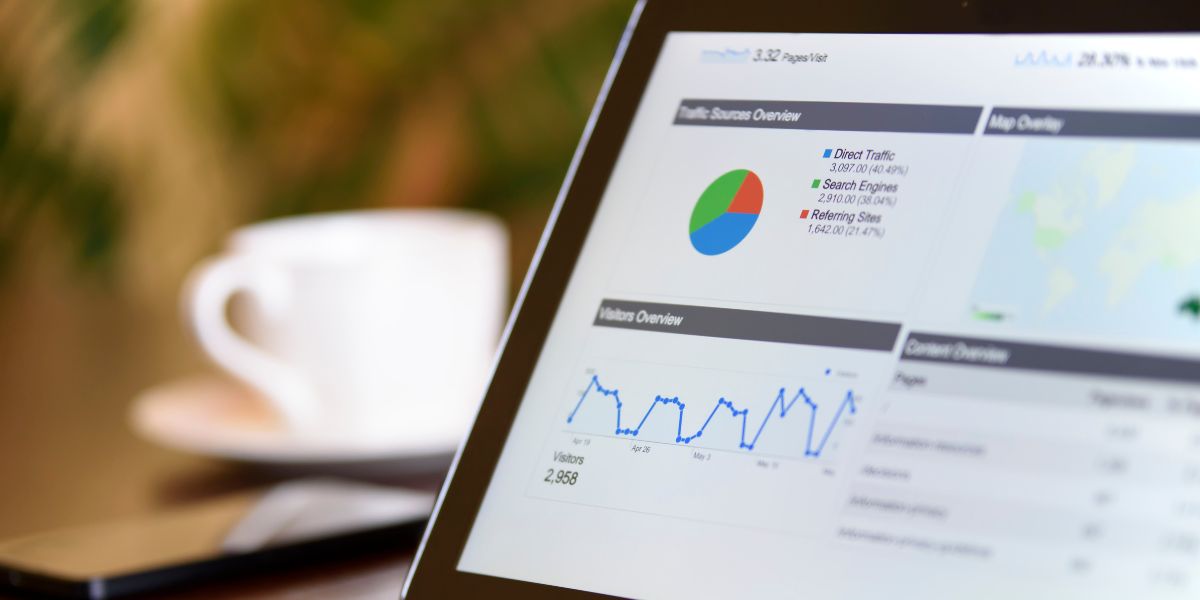Paid search campaigns are one of the most utilised marketing channels for modern businesses, with Google Ads pricing being one of the first queries we receive from new clients. The reality is that the actual cost of your Google Ads campaigns can vary from industry to industry, with several factors likely to impact the amount you need to spend to see results in this space.
This is not to say that you need to spend large amounts of money to see results in paid search advertising. Australian businesses spend millions of dollars on Google Ads each year with budgets ranging from $500 to $20,000+ per month, giving your business scalability options when your campaigns start performing. But to see that performance, you’ll need to understand the factors that affect Google Ads pricing and tailor your strategies to the industry your business operates in.
Read on to learn what different industries are paying per conversion for their Google Ads, the factors that influence these prices and how you can best optimise your Google Ads campaigns for success in 2024.
How Google Ads Pricing Varies From Industry-To-Industry
Research from over 17,000 US-based search campaigns found that it cost advertisers across all industries $4.22 for every click on their Google Ads advertisement. Those same campaigns had a conversion rate of around 7%, with a total average cost per conversion of $53.52, meaning that advertisers spent around $75 AUD for every phone call, email or booking generated through Google Ads campaigns.
For some businesses, like automotive sales or real estate, $75 per lead is a terrific outcome with such high profit margins compared to a personal care business like a hair salon, where that cost may be greater than a total booking cost. However, the average cost per click and cost per conversion changes depending on which industry your business is in, making it important you understand just how much the average conversion on Google Ads will cost your business before starting these campaigns.
In the table below from Wordstream, you can see the total cost of each conversion per industry, giving you a better understanding of how much you’ll need to spend to obtain new leads from Google Ads campaigns:
| Business Category | Avg. Cost Per Conversion (USD) |
| Arts & Entertainment | $23.57 |
| Animals & Pets | $72.24 |
| Apparel / Fashion & Jewellery | $76.71 |
| Attorneys & Legal Services | $111.05 |
| Automotive — For Sale | $42.52 |
| Automotive — Repair, Service & Parts | $21.12 |
| Beauty & Personal Care | $36.97 |
| Business Services | $87.36 |
| Career & Employment | $132.95 |
| Dentists & Dental Services | $65.37 |
| Education & Instruction | $62.80 |
| Finance & Insurance | $90.02 |
| Furniture | $108.85 |
| Health & Fitness | $51.42 |
| Home & Home Improvement | $66.02 |
| Industrial & Commercial | $59.74 |
| Personal Services (Weddings, Cleaners, etc.) | $40.85 |
| Physicians & Surgeons | $37.71 |
| Real Estate | $66.02 |
| Restaurants & Food | $34.81 |
| Shopping, Collectibles & Gifts (General) | $31.50 |
| Sports & Recreation | $31.82 |
| Travel | $62.18 |
Keep in mind that these are the average conversion costs per industry. While there a lot of high-performing campaigns that have been a great success for their respective businesses, there are equally a number of poor performing campaigns that have not been optimised properly. Businesses that want to drive down these costs need to consider the below factors that will likely play a large role in the success of any paid search advertising.
Top Factors Influencing The Costs Of Google Ads Campaigns

An important thing to remember when setting up any Google Ads campaign is that the process for having your advertisement displayed is an auction, with your maximum bid determining how much you’re prepared to pay per click compared to your competition.
This essentially makes Google Ads a dynamic marketplace for advertisers, making it important to ensure your ads are optimised to suit the end user and what Google wants to display to that user base. Some of the most important factors you need to have optimised include:
Targeted Search Keywords
The level of competition for specific keywords significantly influences their cost, with the most popular search queries in your industry likely to be targeted by businesses of all sizes. The search intent of the end user can also influence the cost per click of your paid search ads, with search phrases with a commercial intent (e.g. book a tax return) likely to be more expensive than something with informational intent (e.g. tax changes 2023-24).
You’ll need to research these keywords and identify potential targets for your company that are cost-effective and within your budget, ensuring that your budget is being spent on advertising that leads to result for your business.
Google Ads Quality Score
Google assesses the quality and relevance of ads through its Quality Score metric, which itself has several internal factors that determine its score. Optimising the relevance of your ads to the search query, your website’s landing page experience, and the click-through rates for your ads are crucial for improving Quality Score and reducing the overall cost of your ad campaigns.
Audience Targeting Options
There are numerous advanced targeting options you can utilise when setting up your Google Ads campaigns, helping to refine your potential audience based on demographics, interests, and behaviour. Targeting a specific audience may significantly impact costs, as niche targeting often requires higher bids to reach desired segments. An example of this would be targeting by location, with campaigns targeting users in big cities, like Melbourne or Sydney, likely to be more expensive than in regional areas.
Device-Specific Advertising
Another important targeting tool is the type of device you want your ad to display on. Is your Google Ads campaign aimed at professionals looking on their work desktop PC for services to support their business? Or is your campaign targeting 18-30 year olds looking for a new gym or personal trainer?
Businesses using Google Ads can use the channel’s targeting tools to focus on specific device types and optimise their ads to suit both these device types and the users that are operating them. Once you discover which device type is generating the most results for your paid search campaigns, you should then be able to re-focus your efforts and drive even further ROI for your business using paid search campaigns.
Setting Up Google Ads Campaigns For Your Business

Creating your own paid search campaigns on Google Ads can be a complicated but rewarding process for savvy business owners, allowing you to utilise your advertising budget on one of the world’s most successful marketing platforms. While it can seem like a daunting task, Google provides several resources for business owners to utilise and help them on this journey, from beginner guides to expert tutorials for the experienced marketer. These tools are a great resource for those looking to expand their understanding of Google Ads and how to get the most out of any paid search campaign.
However, while these resources exist, the main thing business owners will need to execute a successful Google Ads campaign is the one thing they often don’t have: time. Between managing budgets, staff, inventory and their own personal lives, many small-to-medium size business owners simply don’t have enough time to research and optimise these Google Ads campaigns, leading them to waste money on inefficient campaigns or stop before they even get started.
This may be where you need to obtain the services of a digital marketing agency, someone who can either setup these paid search campaigns for you or work with your business to optimise your Google Ads platform to suit your business and target audience. Here at Sky High Digital, we manage successful paid search campaigns for several of our biggest clients, helping them reach new audiences and convert high value paid search leads into customers.
Want to learn more? Get in touch today for a free Google Ads consultation for your business by calling (03) 9723 1783 or emailing our team at hello@skyhighdigital.com.au.


